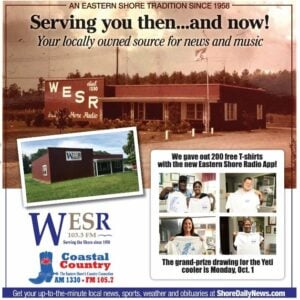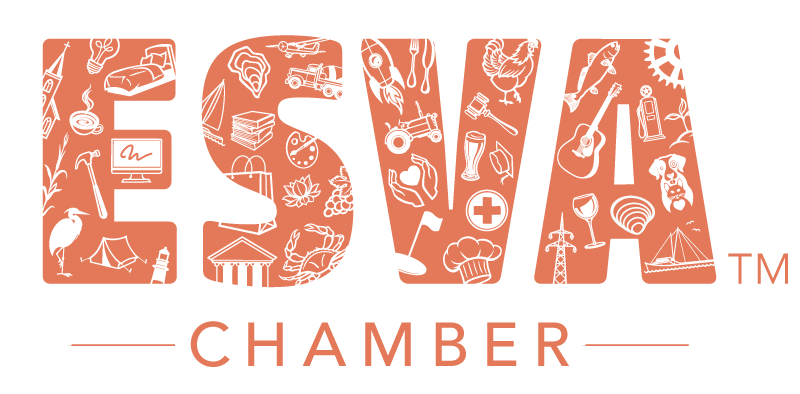This is Steve Rulison bringing you information on Shore friendly living and gardening from the Eastern Shore Master Gardeners and Virginia Cooperative Extension. From my perch near the mouth of Occohannock Creek, I recorded 2 tenths of an inch of rain last week.
Last week I outlined the benefits of native plants to the home gardener and to the environment. This week I will give you information on Virginia’s Coastal Plain region.
If you tuned in last week, you know that planting layers is best for supporting wildlife, with shrubs, the understory layer, being preferred by nesting birds. An expansive lawn bordered by tall trees offers no places for birds and mammals to eat and live. The lawn may see a few robins and starlings but not thrashers, towhees or wood thrushes. A toad might hide underneath a porch but not the salamanders or frogs who enjoy ground-covers and water sources.
The Coastal Plain, one of five regions in Virginia, which is low in elevation and east of the fall line, covers 21% of the state. Only 15% of this region is forested, with the most common trees being loblolly pine and mixed pine/hardwood forests. A good example of this type of forest is seen at Savage Neck Dunes Natural Area Preserve. In bottomland areas of our region, bald cypress and tupelo are the dominant plants. The Coastal Plain also has a large amount of wetlands, including freshwater, brackish, and salt marsh habitats.
In recent years, there has been much research focused on native plants and their influence on healthy functioning ecosystems. Consequently, there are many publications, in paper and online, that provide guidance on native plants. One of the best sources is the “Virginia Eastern Shore Plant Guide,” available online for download or purchased as hardcopy from the Virginia Native Plant Society. A search on Virginia Native Plants will yield many sources of information including publications from the Virginia Department of Conservation and Recreation, and the Department of Game and Inland Fisheries. The Virginia Cooperative Extension has many publications to help better understand the hows and whys of wise native landscapes.
Some of my favorite native plants for this region include Black-eyed Susan, Virgin’s-bower Clematis, High-tide Bush, and White Fringetree. Black-eyed Susan is a summer bloomer which feeds the goldfinches and chickadees with its fall seed heads. The native clematis, blooming in late-summer, is a hardy vine growing up to 15 feet, and attracts hummingbirds and butterflies. High-tide Bush provides the understory layer where marsh wrens and other small birds frequently nest. The White Fringetree, at 35’ high and with beautiful, fragrant early spring blossoms, provides a higher canopy.
For answers to Gardening questions and more, call your local Accomack or Northampton County Extension Office. Here on the Shore call either 678-7946 or 787-1361.
.













